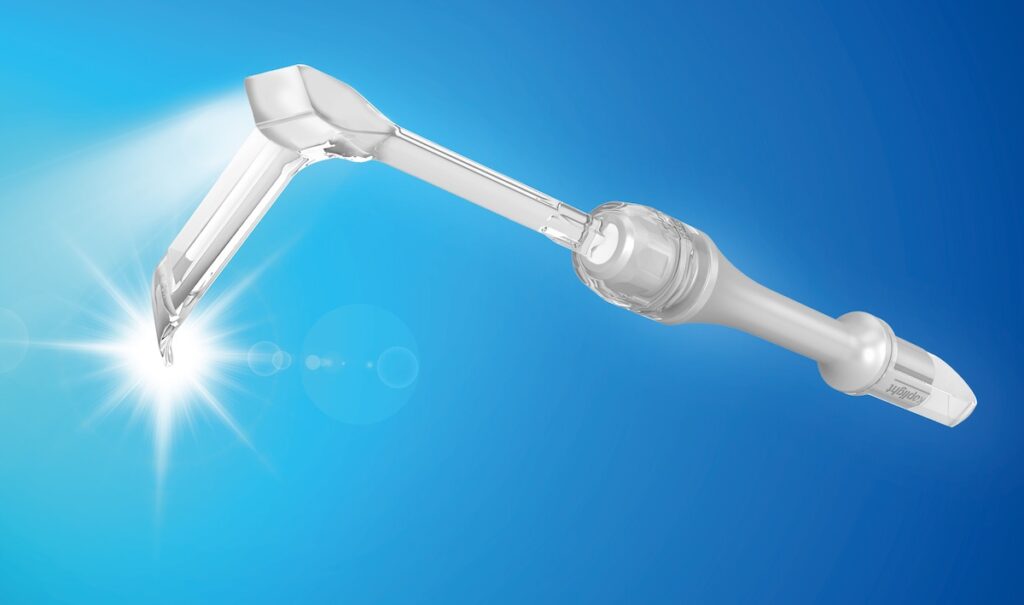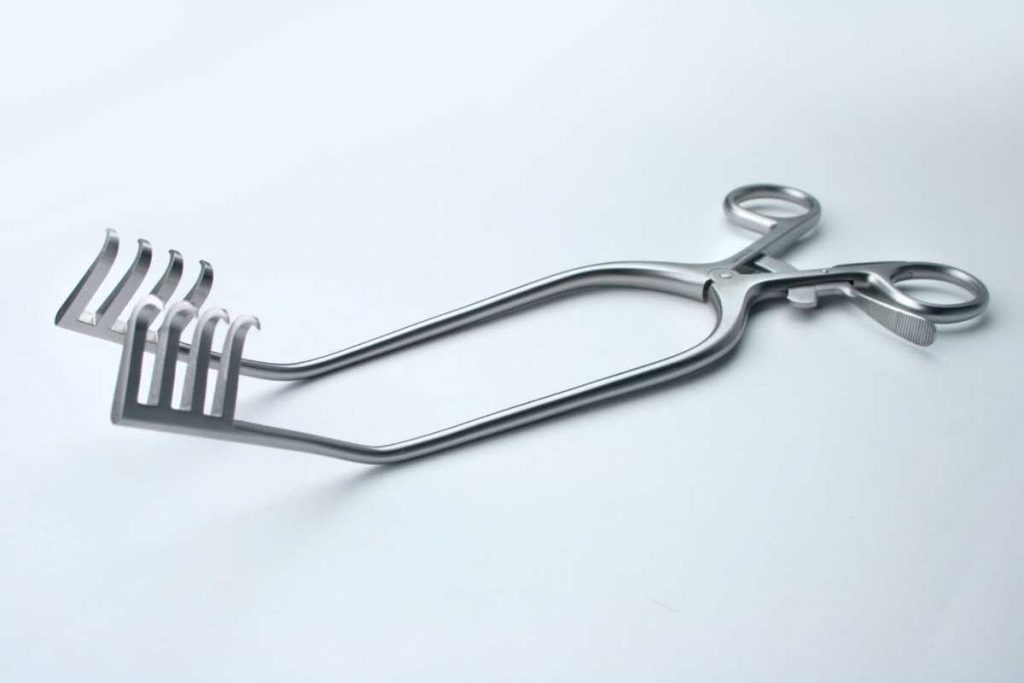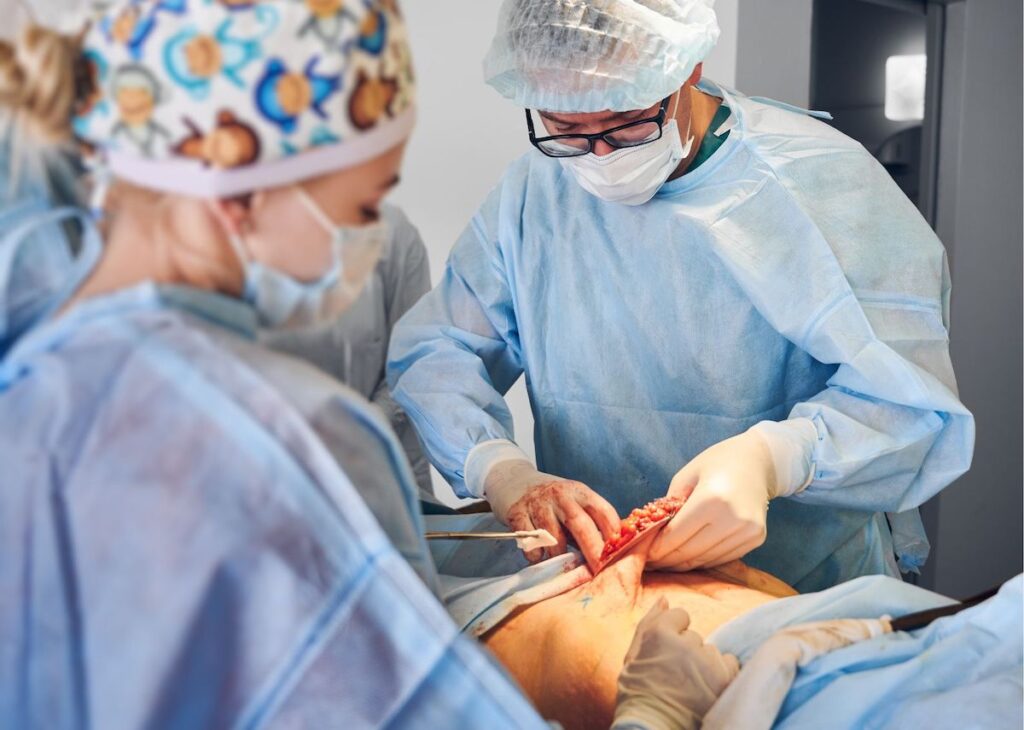Retractors are an essential tool in body contour plastic surgery. Unlike facial applications (read our article on facial plastic surgery retractors here), specifically dealing with the nose, lips, and mouth, body contour surgery seeks to refine the body’s shape and appearance.
This can be for reconstructive or beautifying purposes. It involves procedures such as the breast lift, face and neck lift, upper body lift (bra-line lift), abdominoplasty (tummy tuck), panniculectomy, brachioplasty (arm lift), torsoplasty, and buttock tuck. This article discusses the role and variety of retractors used in these types of surgeries.
Use of retractors in body contour surgeries
Body contouring surgery is mostly associated with reconstruction of the musculofascial layers of the body. Suctioning of excess fat is perhaps the best-known example. Retractors are put to work with a variety of tissues both at the outset and during surgery to assist in the suction of lipids from lymph and venous sections.
They can be used, for example, to facilitate the incision in a lower abdominal cut during abdominoplasty (tummy tuck). During the procedure, it is extremely important to have a retractor that can continually retract tissue and provide the surgeon with a clear vision of the field. This means not only holding the incision open but not getting in the way. Some retractors do this job better than others.
Abdominal rake retractor
Abdominal rake retractors are among the most common surgical tools. They are typically made of industrial-grade stainless steel per international standards. Their characteristic rake-like appearance with an array of around 4–6 prongs at the end of a roughly 25-cm (10-inch) body. As the rake is a single handheld unit, it’s used in pairs.
These retractors hold the sensitive layers of tissue back – mostly the subcutaneous tissues. They are used to pull on tissues to elevate flaps for traction, counter-traction, elevating broad surfaces, and flaps from mastectomies for panniculectomy or large procedures. The prongs can be blunt or sharpened. The latter type, in particular, require extreme care. That’s because a slip-up could inflict damage on the vital tissues and structures or harm the surgeon or other staff.
Yancoskie abdominoplasty retractor
The Yancoskie abdominoplasty retractor allows the surgeon in abdominal surgeries to manipulate the organs and tissues in ways such as sidelining or distorting them. The Yancoskie, another handheld metal retractor, has 4-6 prongs on a wide head that retracts a large area for the surgeon. This is an important retractor in body contouring surgeries, especially abdominoplasties (tummy tucks).
Its six sharp inline prongs are designed to retract the skin evenly and reduce sagging at the edge of the surgical view. It’s quite similar to the abdominal rake retractor. The Yancoskie, however, has a flat and squared-off head of prongs, unlike the curved abdominal rake.
Handheld light retractor
Handheld light retractors, like our Yasui koplight, may seem a less likely candidate for larger surgeries, like those on the abdomen. However, they can be a valuable assistant and don’t have the problem of causing considerable obstruction that other retractors create.
The primary purpose of retractors is to hold apart bodily tissue and provide greater exposure of the surgical view. Light retractors efficiently achieve this, as they have a self-contained light, which provides additional clarity while doing its primary job of retraction.
—

The koplight is equipped with LED lighting that emanates from the retractor blade/head and from its body. This can be a useful assistant in laparoscopic and non-laparoscopic body contouring surgeries. The transparent blade is made of durable polycarbonate – unlike with metal retractors, this scarcely hinders the view of the surgical field. It also has a much lower profile on imaging.
Weitlaner retractor
The Weitlaner retractor, named after Austrian surgeon Franz Weitlaner, is one of the most commonly used retractors in abdominoplasty and body contouring surgeries. It is a scissors-like apparatus, with two loops for the thumb and finger, a wishbone-like arc in the body, and blunt prongs for the actual retraction.

The Weitlaner, typically made of industrial-grade stainless steel, is a self-retaining retractor, so it can be set and does not need to be manually gripped to maintain retraction. It is commonly used in pairs and in opposition to each other such that the superficial tissues can be retracted, and also for exposing the incision. It comes in a range of sizes, around 4 to 10 cm, making it a valuable and flexible tool. Similar to other metal retractors, it has the same advantages in durability but disadvantages in potential visual obstruction.
The Army and Navy (sometimes called the US Army or USA Army retractor) is common in most major and minor surgical sets, and is now commonly used in non-laparoscopic surgeries. Army-Navy retractors are made of industrial-grade stainless steel and are generally used for superficial retractions of the skin or bones, such as to expose wounds. It is a single piece of metal with a 90-degree curve at either end and a flat, blunt blade at either end; one blade slightly longer than the other.
Malleable retractor
Malleable retractors are thin and flexible strips of metal that can be bent and modified to suit different needs. They can be used in versatile ways such as to move tissues out of the way or to hold back the organs.
Malleable retractors can be used in the pelvis and around the liver. The most common usage is during the abdominal closure to open abdominal laparotomy incisions. While closing the incision they’re used to separate internal tissues. They interpose between the abdominal wall and the underlying viscera.
Deaver retractor
Deaver retractors are curved retractors shaped almost like a question mark, with a scoop shape before the blunt end used for retraction. These metal retractors typically come in wide, medium, and narrow varieties, ranging from around 17–35 cm long. This makes them quite valuable and adaptable for various surgeries. The Deaver is frequently used to retract the liver in surgeries such as cholecystectomy, and laparotomy. It can also be used if the patient is in the lithotomy position (with knees above or at the same level as the hips).
Deaver retractors can be positioned in the pelvis to retract the bladder, and pelvic sidewall structures essentially allowing deep pelvic exposure. They can be used for deep surgeries to expose the diaphragm. The curve allows the surgeon to toe in and retracts the structures to provide exposure.
The lightweight koplight™ cordless lighted retractor is a bright and unobtrusive assistant that provides valuable light for body contouring surgeries, among many other types of surgeries. Contact us for more information on buying or distributing the koplight.

